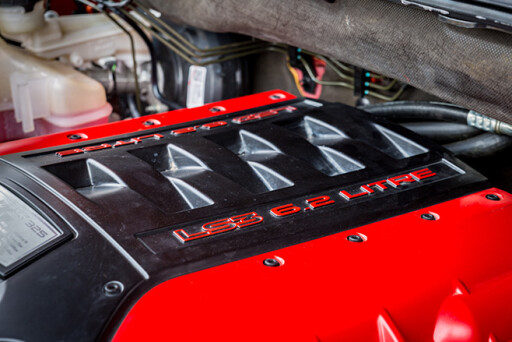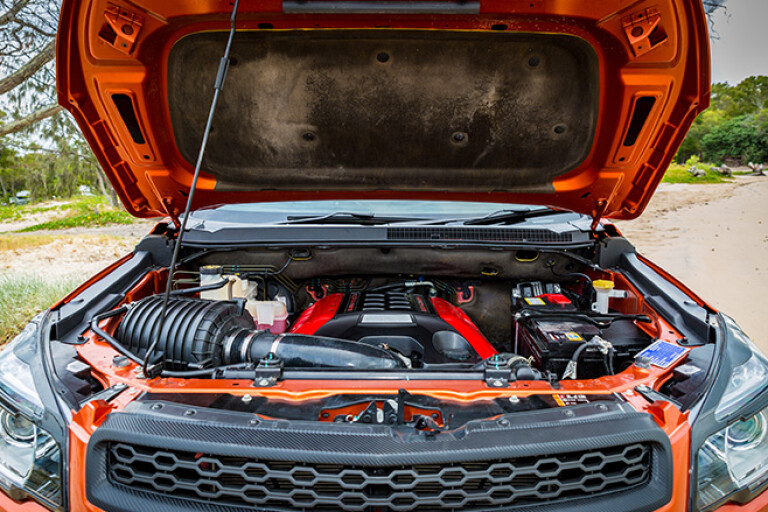
LS engines have become the go-to engine conversion in everything from 4x4s to purpose-built track cars, and they have an almost cult-like following due to their light weight, compact design and explosive power.
In fact, if you had to name just one downside to the LS platform it’d be the multitude of individual names and how they all appear to mean absolutely nothing at all. LS1, LSX, LSA, LS2, LS9 – there are around 40 different flavours of LS engine ranging from 255hp 4.8-litre donks right through to 650+hp 6.2-litre powerhouses – and that’s without even considering the aftermarket options.
LS9 vs LSA: What's the difference?
 To help simplify things, we’ll break it down. The LS platform was the replacement for Chevy’s long-running small-block. When enough individual engine codes started popping up people grouped them into the LS(X) category, but they can be broken up into three distinct families.
To help simplify things, we’ll break it down. The LS platform was the replacement for Chevy’s long-running small-block. When enough individual engine codes started popping up people grouped them into the LS(X) category, but they can be broken up into three distinct families.
Gen III ranges from 1997-2008 and includes the 5.7L LS1, truck-based 6.0L LQ9 and a host of other engines that mean nothing in Australia.
 Gen IV ranges from 2007-2017 and brought us the 6.0L LS2 and 6.2L LS3, as well as the supercharged 6.2L LSA and about 20 other versions you’ll never see here.
Gen IV ranges from 2007-2017 and brought us the 6.0L LS2 and 6.2L LS3, as well as the supercharged 6.2L LSA and about 20 other versions you’ll never see here.
And 2014+ brought us the Gen V that includes a whole bunch of Corvette engines we’ll never get either. With Gen IVs going down to 260hp, 4.8-litres and Gen III going up to 345hp, 6.0-litres, don’t try and decode any of the numbers – they don’t make sense anyway.


COMMENTS